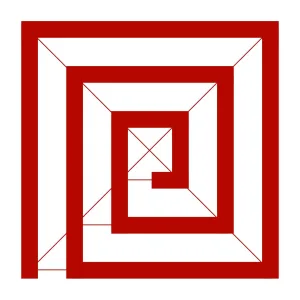



Jeans are a staple in almost everyone’s wardrobe. I have about 8 pairs – all different styles and colors. Denim is versatile and rugged, outlasting many other fabrics. But when it is time to say goodbye to a pair of jeans, do you repurpose them? Send them to thrift? or toss them away? Hopefully not the latter. If repurposing is not within your means, then consider donating to thrift. Even if they are damaged beyond repair, most thrift stores send clothing elsewhere for recycling or reuse. (But always ask to make sure they don’t just send it to the landfill.)
I pick up bags of unwanted thrifted jeans from a local thrift store for 20¢/lb. I’ve made denim yarn for weaving, and used bits for patching other jeans. There are literally hundreds of ideas online for how to repurpose jeans. My projects tend to be a modern or minimalist interpretation of a traditional design idea. Most recently, I was inspired to make floor pillows. Modern, durable, easy to clean – they will be perfect for using outside this summer at SouLodge Medicine Gathering
Cutting off all seams, cuffs, zippers, and pockets, I used the best denim pieces to create a 20″x20″ pattern. I incorporated a scrap of orange upholstery as a complementary color accent to the modern design. Stuffed with a 24×24 thrift pillow, the jeans case is removable via a hidden orange zipper. Since the inner pillow was rather soft for a floor pillow, I open the seam and added leftover jeans scraps to the inner pillow to create a more dense fill.
Have you repurposed jeans? What has been your favorite project? Feel free to share ideas in comments below. Maybe your project will be inspiration for my next modern, minimalist project.





















